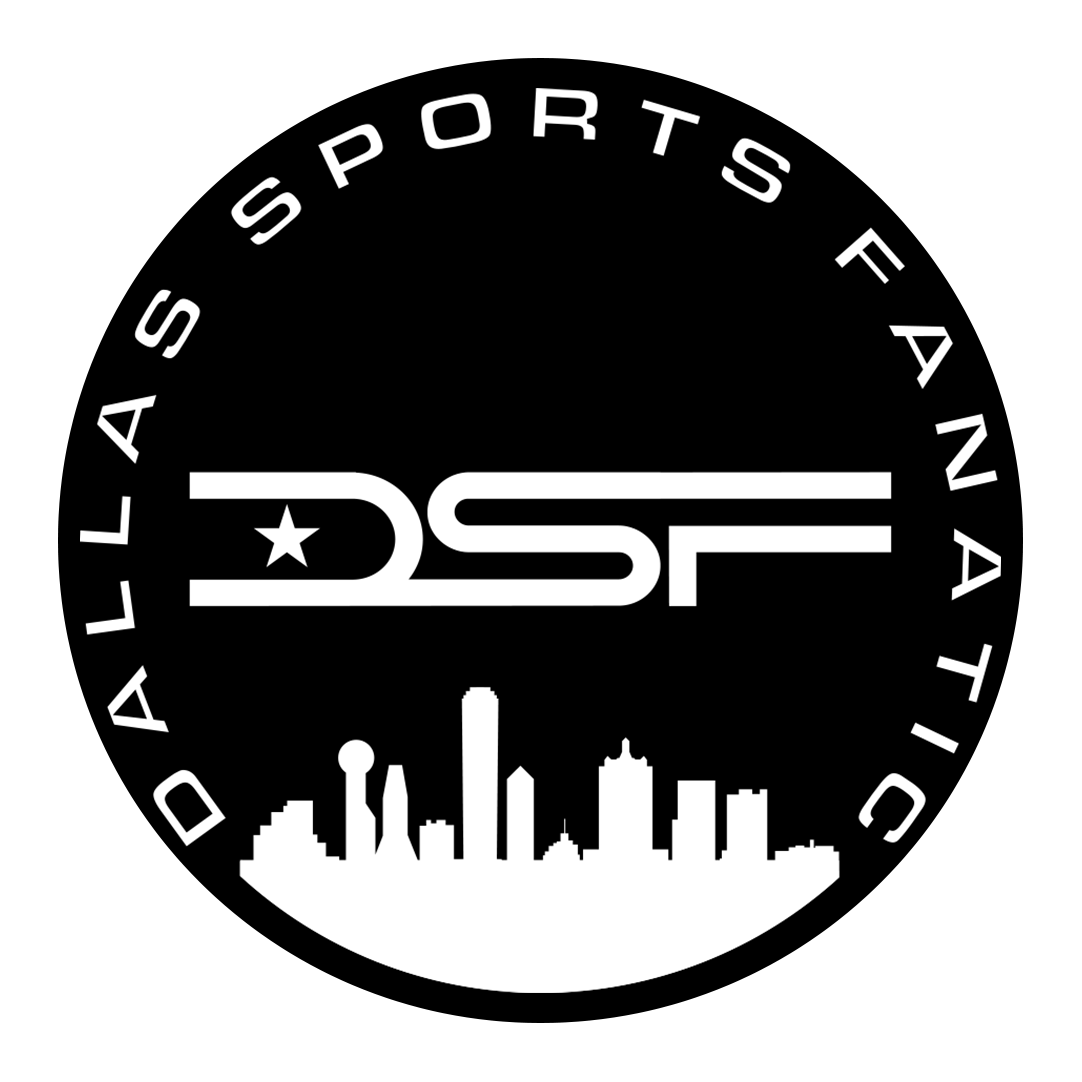There has been a big discussion in the NBA whether the exorbitant contracts that were signed last off-season were going to be an anomaly or the new normal. If the first 24 hours of this Free Agency period are any indication, then the Dallas Mavericks may be able to capitalize on the after effects of the past few seasons.
In the first 24 hours of NBA Free Agency in 2017 NBA teams committed to spend “over $870 million” on players per SI’s Ben Golliver. That may seem like a huge number but it’s dwarfed in comparison to the past two years.
In the first 24 hours of Free Agency, teams committed $1.4 billion[note]With a B[/note] in 2015 and $1.7 billion in 2016 to new player contracts or extensions.
| Year | Amount Committed in First 24 Hours of Free Agency |
| 2015 | $1, 400,000,000 |
| 2016 | $1,700,000,000 |
| 2017 | $870,000,000 |
A year ago teams committed twice as much money as they did in the first 24 hours of Free Agency this season—why?
One easy answer is that players like Chris Paul didn’t sign with their original teams like the CBA had destined them to do. Instead, Paul picked up his option for 2017-18 and was traded to the Rockets. If both Paul and Gordon Hayward had signed deals with their original team[note]Still could happen for Hayward[/note] within the first 24 hours then the 2017 number would be closer to $1.2 billion. But even adding those max and super-max contracts to this year’s figure doesn’t explain the drastic decrease in spending.
Another reason is that players are now (incredibly) choosing to sign shorter deals with higher per-year figures. Lebron James seemed to pioneer this concept when he returned to the Cavaliers and signed a “one-plus-one” contract. Which is one guaranteed year and a player option for the second year. Kevin Durant followed suit with the same one-plus-one deal last season when he signed with the Warriors. (Note: If Kevin Durant had signed his full 5 year deal with the Thunder last season that $1.7 billion number might be EVEN BIGGER). J.J. Redick and Amir Johnson are two players that signed a simple one-year deal to go to the 76ers and that affected the total amount of money teams committed.
The last reason that NBA teams spent less in the first 24 hours of Free Agency is the reason the Mavericks seem to be “waiting around” or “doing nothing.” Last off-season teams overpaid for players because everyone was gifted an extra $19 million in cap space because of the NBA’s TV Deal. Players like Allen Crabbe, Evan Turner, Ian Mahinmi, Luol Deng, and Timofey Mozgov all signed contracts that did not even seem real. Because of the rising salary cap, many media members just believed that these type of contracts were the new normal; that a 4 year $75 million deal for a player that averaged 10 points a game twice was to be expected from now on. However, it turns out these excessive contracts that were dished out last season have had a lasting effect on the contracts that are being signed this off-season.
The summer of 2016 is having a significant impact on the current FA class. 100 players still left on the FA board with money drying up.
— Bobby Marks (@BobbyMarks42) July 2, 2017
What happened last season with the rising cap was a surplus.
Just like in The Office, NBA teams had $20 million extra to spend last season. Only, the actions an NBA team makes in one fiscal year effect the books for several years after the fact. Just ask D’Angelo Russell’s realtor.
The Salary Cap wasn’t going to raise by $20 million every season after the spike in 2016 but some NBA teams spent like it would.[note]Some meaning the Lakers and Trailblazers[/note]
Now teams have less to spend and deals are starting to come back down to earth. Suddenly, a 2 year $28 million deal for Taj Gibson doesn’t look as crazy in comparison to the 4 year $64 million deal Mozgov signed last season.
The complaints of the Mavericks “doing nothing” or just “sitting around” during the first few days of Free Agency might be fair, but they can make more efficient moves by waiting. Like Bobby Marks said, money is “drying up” and there are still a lot of good quality players available on the open market. Big deals for players like Hayward, Paul Millsap, Rudy Gay, and Otto Porter will expedite the drying process. The more big players sign the less money there is available on the market.
Cap space for Free Agency is like a pool with literal water in it and the players are birds. At the start of Free Agency, the Mavericks had the cap space equivalent of a puddle. But once a pool dries up that puddle becomes a lot more appealing because birds need water.
Players like Jonathan Simmons who hoped to earn a Crabbe-like $18-20 million per season might have to settle for $15-16 million which is exactly the cap space the Mavericks have. By waiting everyone out the Mavericks might miss out on a few players, but eventually, all birds have to drink and the Mavericks puddle will be there waiting for just the right one.

You must be logged in to post a comment Login
You must log in to post a comment.